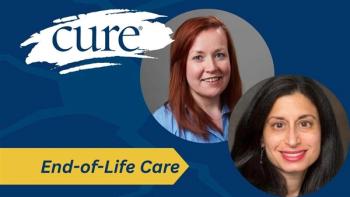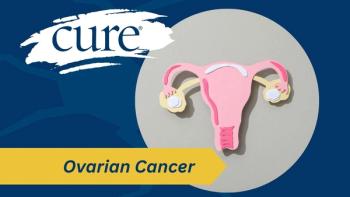
Expanded Access Program May Have Broad Use With Clinical Benefit
The Food and Drug Administration (FDA) Expanded Access program appeared to have broad use, involved a wide variety of patients and drugs, and derived clinical benefit, according to an initial summary published in JAMA Oncology.
The Food and Drug Administration (FDA) Expanded Access program appeared to have broad use, involved a wide variety of patients and drugs, and derived clinical benefit, according to an initial summary published in JAMA Oncology.
“The (FDA) Expanded Access (
Therefore, the researchers assessed the use, safety and efficacy associated with single-patient use at Memorial Sloan Kettering Cancer Center.
In total, 208 single-patient users approved by the Memorial Sloan Kettering Institutional Review Board and the FDA between Jan. 1, 2012, and Jan. 1, 2018 — of which a drug under the Expanded Use Program was administered in 185 instances to 179 patients. Patients treated were an average age of 39 years, of which 55.4 percent were male and 65.9 percent were adult patients. Patients were heavily pretreated before use of investigational agents, with a median number of four prior treatments
Treater patients had 43 cancer types, including
Of the 66 unique investigational drugs, agents included kinase inhibitors (28.8 percent), naked antibodies (12.5 percent) and allogeneic cell therapy (12.0 percent). At the time of approval for each single-patient user, most agents were in phase 2 (36.1 percent) or phase 3 (39.4 percent) studiesl however, 18.8 percent were still in phase 1 trials. Prior supporting clinical experience was cited in 128 patients (61.5 percent), preclinical evidence in 64 patients (30.8 percent) and genomic data were additionally cited in 79 cases (38.0 percent).
The median time from initial single-patient user request to treatment was 19 days.
Twenty-six patients received therapy in a minimal residual disease state or remission and were not assessed for response.
Of the remaining 159 patients with evaluable data (median follow-up, 16 months), the overall response rate was 20.1%, including an adult rate of 23.4 percent and pediatric rate of 12.5 percent. Best responses varied by the patient and the drug characteristics. For example, those with a hematologic malignancy demonstrated an overall response rate of 30.4 percent compared with 12.2 percent in those with solid tumors. Responses occurred with a variety of agent types, most commonly allogeneic cell therapy (17.6 percent), followed by kinase inhibitors (16.7 percent) and antibody drug conjugates (5.3 percent).
Estimated progression-free survival (the time from treatment to disease worsening) rates were 38.9 percent at six months and 24.5 percent at one year, and median overall survival was 11.4 months.
Fifty-five patients (29.7 percent) experienced one or more treatment-related side effects, including 19.1 percent of pediatric patients and 35.3 percent of adults. Of note, there were no treatment-related deaths.
“The FDA Expanded Access program provided access to investigational products at all stages of development and to patients of all ages with a variety of cancer types. Despite being heavily pretreated, a small but meaningful proportion of patients appeared to benefit,” the researchers wrote. “Children represented 34.1 percent of the cohort despite being only approximately 2 percent of the patients seen at the center in 2017, suggesting (single-patient use) may provide an important means of pediatric drug access.”
The researchers acknowledged their study was limited by its single-institution analysis and its retrospective design. In addition, they noted collection of data that did not include the Right-to-Try legislation passed in March 2018. “Although the federal
However, the researchers noted this data provide an initial evidence basis to evaluate the FDA Expanded Access mechanism. “We find its use is broad, involving a wide variety of patients and products, and clinical benefit was observed. Routine prospective collection of key safety and efficacy metrics should be considered moving forward.”





